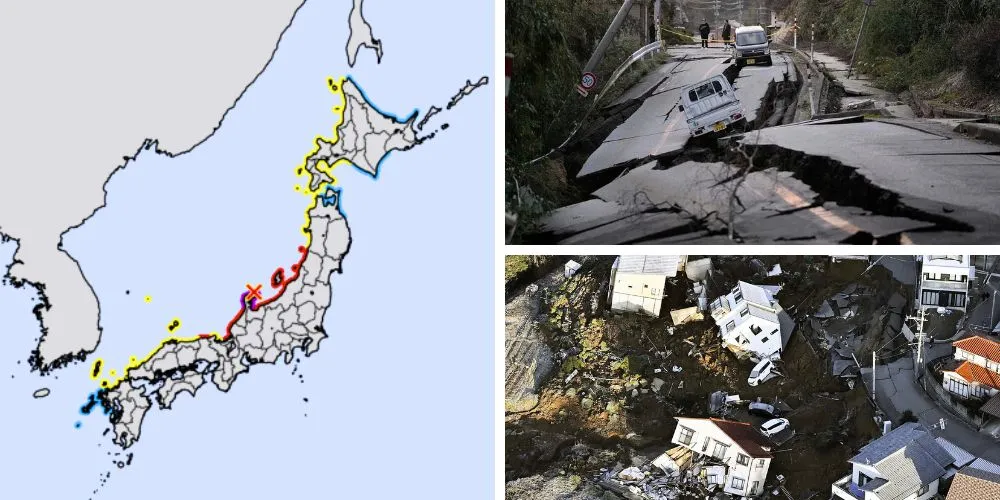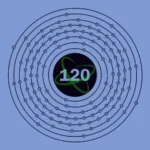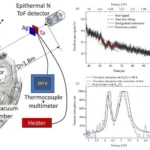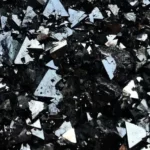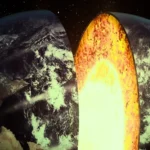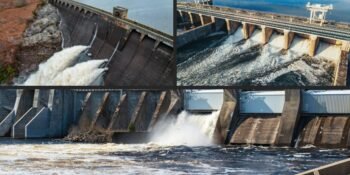In a tragic turn of events, the west coast of Japan has been ravaged by a series of powerful earthquakes, killing dozens of lives and reducing numerous structures to rubble. The epicenter of this seismic onslaught was a magnitude-7.6 earthquake that struck Ishikawa prefecture on Honshu, Japan’s main island, on January 1. This quake is the strongest to hit the prefecture in over a century. Seismic experts like Takuya Nishimura of Kyoto University label it as one of the most significant earthquakes on the west coast of Japan.
Tsunami warnings compounded the aftermath of the massive quake. Subsequently, the Japan Meteorological Agency (JMA) recorded 146 smaller earthquakes on Ishikawa’s Noto Peninsula, with one registering at a magnitude of 6.2, according to the US Geological Survey (USGS). The ongoing tremors have tragically resulted in more than 60 reported deaths.
Japan’s seismic vulnerability is well-known, given its location atop four converging tectonic plates. While around 1,500 earthquakes strike the country annually, the majority go unnoticed. The Pacific Plate’s subduction beneath another plate off Japan’s east coast is a frequent culprit for major earthquakes, such as the devastating 2011 Tohoku quake.
Having experienced over 500 earthquakes since 2020, Ishikawa presents a unique case. Unlike the eastern side of Japan, Ishikawa’s seismic activity arises from faults within the plate itself, subjected to pressure from the grinding tectonic plates. Seismologist Adam Pascale of the Seismology Research Centre in Melbourne emphasizes the stress buildup within the plate, eventually leading to slippage and earthquakes.
Aftershocks have plagued the region, likely triggered by multiple fault ruptures within the plate. Studies suggest that fluids deep within the Earth’s crust may contribute to these aftershocks by weakening fault zones. Despite Japan’s enhanced earthquake early-warning systems post the 2011 Tohoku event, ongoing aftershocks have complicated rescue efforts, posing a significant challenge to teams attempting to extract individuals trapped beneath fallen structures.
